

HanKing Mould is Injection molded plastic parts manufacturer in China, electronic plastic shell injection mold expert, make more than 300 sets various electric plastic injection mold each year. Here we introduce the key points of electronic plastic shell design.
With the development of science and technology, electronic products in the information age have become more diversified and are developing in the direction of integration, miniaturization and intelligence. In the context of the increasingly mature electronic product market and excess performance, consumers not only have higher requirements for the performance of electronic products, but also for the appearance and structural design of the products. Electronic casings are mainly divided into two categories: plastic materials and metal materials. However, because plastic materials have the advantages of good plasticity, strong melt fluidity, simple manufacturing process, and low cost, most of the materials for home appliance digital casing components are plastic. Common plastic injection molding materials include polypropylene PP, polycarbonate PC, polystyrene PS, and acrylonitrile-butadiene-styrene tri-block copolymer resin ABS. Molding technologies for plastic parts include blow molding, extrusion, injection, etc. Among them, plastic injection molding is the most widely used molding technology.
Wall thickness design of electronic injection molded plastic housing: The wall thickness of the molding plastic housing is mainly determined by its external dimensions and material. When designing plastic products, uniform wall thickness is the first principle. Uneven wall thickness can lead to defects in the appearance design of plastic parts, such as dents and deformations in the appearance, and even internal stress, leading to cracks in the appearance. If the wall thickness is too thin, it will increase the flow resistance of the molten plastic, hinder the flow of the material in the cavity, and ultimately lead to difficulty in filling the material, resulting in adverse effects such as insufficient filling and poor strength of the plastic parts. Of course, wall thickness is not always better. The thicker the wall thickness, the easier it is for bubbles to form inside the product during injection moulding, resulting in shrinkage or deformation and other appearance defects. In addition, the thicker and heavier the plastic molded product, the higher the overall cost of the plastic molding product. In addition, plastic parts with thicker walls take longer to moulding, mainly because the holding pressure and cooling time during injection molding process are longer, which reduces production efficiency. However, due to the required strength of the plastic molded product, the wall thickness may be thicker in some areas. At this time, in order to avoid sharp or sharp changes in thickness, it is necessary to design a slow gradient transfer between thicknesses.
Rounded corners and draft angle design of injection molded electronic plastic housing: The stress at the sharp corners of the injection moulding housing is concentrated, and the plastic sharp corners are prone to brittle failure. In addition, by eliminating sharp parts in the plastic molded parts, stress concentration can be reduced, the strength of the ribs of the injection molding parts can be enhanced, and the product's resistance to external impact can be improved. Therefore, in the appearance structure design of home appliances, try to increase the outer arc angle as much as possible. Of course, an excessively large fillet transition will produce a shrinking effect, especially the arcs at the roots of protruding columns and rib corners. Usually, a reasonable approach is to control the arc size range between 0.3mm-0.8mm. Demolding is to enable the plastic injection molded parts in mold production to be demoulded more smoothly. Usually, the draft angle of a plastic molded shell is determined based on many factors such as the size, wall thickness, shrinkage rate, and cavity surface roughness of the plastic injection molding parts. Since the plastic articles in the cavity continue to shrink, if there are design flaws in the drafting angle, it will be difficult to remove the plastic molding parts. Forcibly removing them will lead to an increased rate of damage such as naps and scratches. Through different plastic types and injection part structures, the draft angle is controlled between 20′ and 1°30.
Reinforcement rib design for electronic injection molding plastic shell: Reinforcement ribs can improve the structural strength of the plastic part without increasing the wall thickness of the plastic part, and reduce the probability of warpage deformation, plastic consumption, product weight and cost during production. In the design of stiffeners, the position of the stiffeners should be strictly controlled to avoid being too high or too few. Try to maintain an even distribution to avoid the bottom of thick stiffeners being sunken when exposed to cold. By trying to keep the rib distribution direction matching the melt filling direction, it is more conducive to the opening and closing of the injection molding mold. The ribs adopt an arc transition method, and no parts can be placed on the ribs to avoid excessive stress concentration. The ribs are usually about 50% to 70% of the wall thickness of the plastic injection moulding shell.
Therefore, we usually form fillets at the bottom of the ribs in order to improve the fluidity of the molten rubber and improve stress concentration and other problems. The value of the r angle is usually 1/8 of the wall thickness.
For injection molding electronics plastic housing, plastic injection molded electric components, please refer to our website product page.
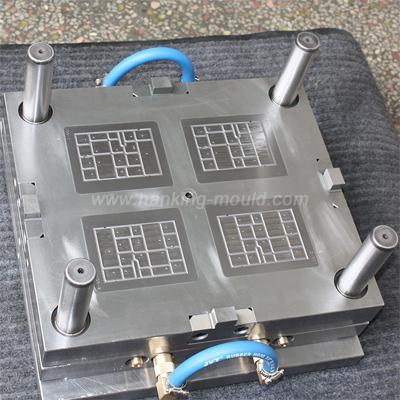
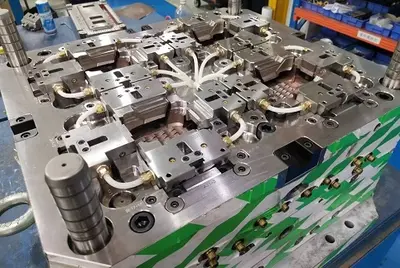
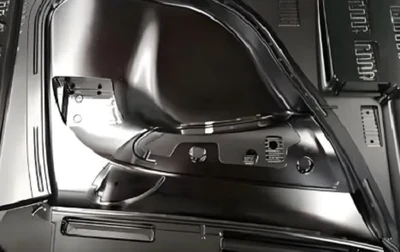
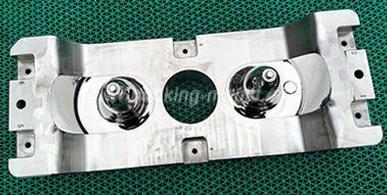

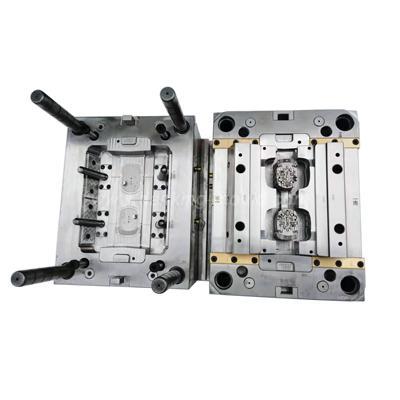
 Call us on:
Call us on:  Email Us:
Email Us:  1st Floor, Block1, No.3 Beiting Road, Houting Community, ShaJing Street, Bao'An District, Shenzhen City, Guangdong Province, China
1st Floor, Block1, No.3 Beiting Road, Houting Community, ShaJing Street, Bao'An District, Shenzhen City, Guangdong Province, China